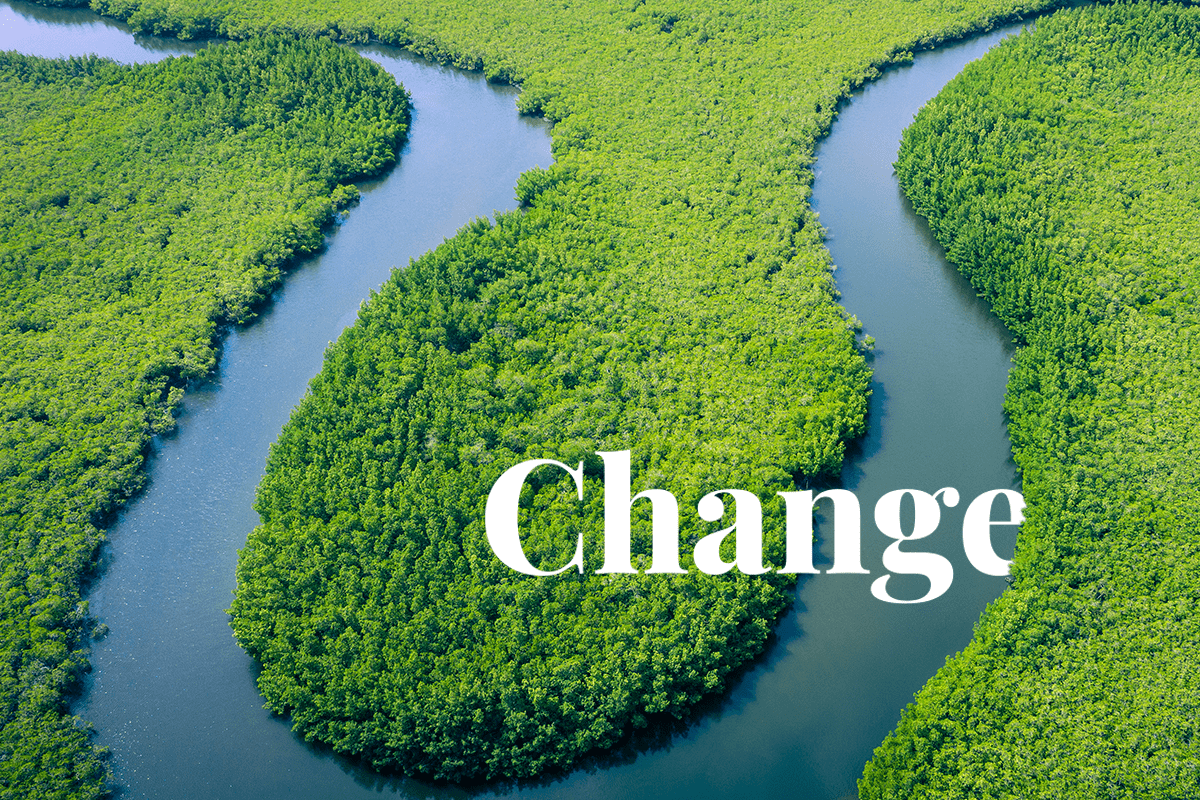Deforestation in the Brazilian Amazon has hit its lowest level since 2019, according to data from the National Institute for Space Research (INPE) DETER-B space programme. In April, an aggregated area of 288 square kilometres was deforested, down 72% compared to the same month in 2022, which saw the highest recorded level of deforestation during the 2016–2023 period assessed by the platform. Despite the significant decrease, reducing deforestation this year in the Amazon will be a highly complex task, according to Marcio Astrini, executive secretary of the Brazilian Climate Observatory.
 Aerial view of Amazon rainforest. Brazil, South America.
Aerial view of Amazon rainforest. Brazil, South America.
This is because the Amazon deforestation count begins in August of one year and ends in July of the next, with former president Jair Bolsanaro's last five months in office recording a 55% increase year on year in deforestation alerts. Recovering all this damage will take time, Astrini said. The current government is ‘on the right track’ by using resources from the Amazon Fund, raising more resources internationally, collecting environmental fines in Brazil, and removing ties and intimidation of inspection agency employees and reinstating field operations.
Read more: Deforestation in the Amazon Rainforest: causes, effects, solutions
Luiz Inácio Lula da Silva, Brazil’s newly elected president in 2022, announced at COP27 last November that his administration will prioritise deforestation in the first three years of his term and launched an enforcement operation against illegal gold miners in the Amazon region. The government also decreed six new indigenous reserves, including a vast Amazon territory, to guarantee exclusive use of natural resources to indigenous people while banning mining and restricting commercial farming. However, rebuilding the damage done in the past will take time. Meanwhile, a new mapping of the surface burned by fire in Brazil revealed that the area burned between 1985 and 2022 was 185.7 million hectares or 21.8% of the national territory.
Halting and reverting the effects of deforestation is crucial to our mission at DGB Group. The recent decrease in deforestation rates in the Brazilian Amazon is encouraging, but it is important to remember that the task of reducing deforestation and repairing the damage caused by previous practices is a complex and ongoing one.
Nature-based solutions offer a promising path forward, and we are committed to playing our part in implementing these solutions on a large scale. Through collaborative efforts with governments, NGOs, and communities, we believe we can make a meaningful impact in the fight against deforestation and the preservation of our planet's natural resources for future generations.
Contact our experts to join our mission

